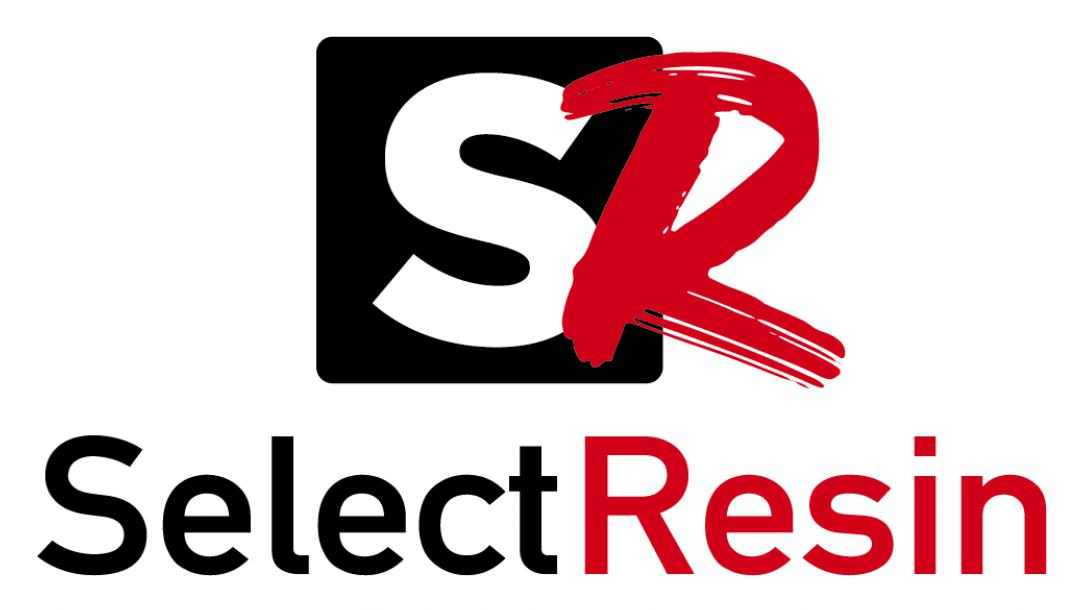In the realm of modern architecture, the pursuit of innovation & aesthetics is an ongoing journey. Among the many transformative advancements, resin floors have emerged as a revolutionary choice, redefining the way we think about interior spaces. These seamless & versatile surfaces are not only visually captivating but also backed by a fascinating science that is reshaping the architectural landscape.
The Chemistry of Resin Floors:
At the heart of the seamless wonder lies the chemistry of resin flooring. Resin, often referred to as epoxy, is a type of polymer that undergoes a chemical reaction when mixed with a hardener. Through a specific reaction, an exceptionally strong & long-lasting adhesive material is formed. Initially applied in liquid form, it hardens over time. This curing process creates a solid, impenetrable barrier that effectively resists environmental challenges like moisture, chemicals, and wear & tear.
Seamless Integration:
Resin floors stand out due to their seamless design. Unlike traditional flooring options like tiles or wood planks, which have gaps & seams, resin floors offer a continuous, unified surface.
This not only enhances the aesthetics of a space but also improves its functionality by reducing maintenance efforts and ensuring a hygienic environment.
Customisation through Technology:
Advancements in technology have further amplified the transformative potential of resin floors. Digital imaging & printing techniques enable architects and designers to create virtually any design, pattern, or texture on the resin surface. This level of customisation allows for unparalleled creative freedom, enabling floors to mimic natural materials like marble or wood, or to become canvases for intricate artistic expressions.
Durability Meets Design:
Resin floors are not just visually appealing; they are built to last. The chemical composition of epoxy resins results in an exceptionally strong & durable surface that can withstand heavy foot traffic alongside general wear and tear. This durability makes resin floors an ideal choice for high-traffic areas such as commercial spaces, airports, hospitals, and even industrial settings.
Sustainability at its Core:
Modern architecture places significant emphasis on sustainability, and resin floors are aligning seamlessly with this ethos. The longevity of resin floors translates to reduced material consumption over time, minimizing the need for replacements. Resin flooring boasts a lower environmental impact compared to other options. This is due to two factors:
- Their production process consumes less energy.
- They require minimal maintenance throughout their lifespan.
Underfloor Magic:
The adaptability of resin floors extends beyond aesthetics. These floors can be combined with underfloor heating systems to create a comfortable and energy-efficient indoor environment. The seamless surface ensures even heat distribution, providing a cozy atmosphere while optimizing energy consumption. This innovation not only enhances the architectural design but also contributes to energy efficiency and occupant well-being.
Transforming Spaces:
Resin floors play a transformative role in modern architecture by reshaping how interior spaces are conceived and experienced. The science behind these floors, from the chemical reactions that create their durability to the technological advancements that enable customization, has ushered in a new era of design possibilities. Architects and designers now have the means to seamlessly integrate aesthetics, functionality, and sustainability into their projects.
Resin floors represent a harmonious fusion of science and design, profoundly impacting modern architecture. Their chemistry-driven durability, seamless integration, and potential for customization are redefining the way interior spaces are envisioned and created. The potential of resin flooring continues to unfold, pushing the boundaries of architectural design. Beyond mere functionality, these innovative solutions are transforming spaces, fostering a new era of creativity and environmental responsibility in the built environment.

Comments are closed